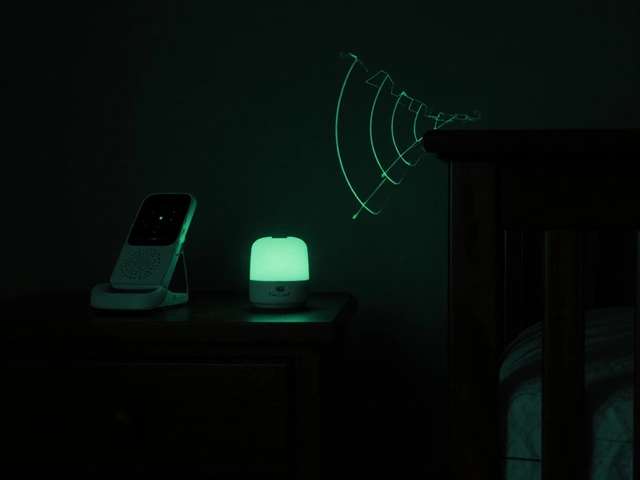Modern Alarm Systems: The Smart Way to Secure Your Home
If you’re buying a new alarm system in 2025, chances are it’ll be wireless, app‑controlled, and ready to talk to your doorbell, cameras, and even your smart lights. You don’t need a messy jumble of wires or a big contract to get solid protection. Below we break down the basics, so you can pick a system that fits your life and budget.
Why Go Wireless?
Wireless panels run on battery or a small plug‑in adapter, which means you can install them yourself and move them if you sell the house. They talk to a central hub via 2.4 GHz radio, the same frequency most smart home devices use. That makes adding motion sensors, glass break detectors, or door contacts a simple click‑and‑pair process.
Because there’s no phone line required, you avoid the monthly line rental fee that older systems charge. Most UK providers now offer cellular backup, so if your internet drops the alarm still talks to the monitoring centre. The trade‑off is you need a reliable cell signal and a decent battery life – typically 2–3 years for the main panel.
Integrating Doorbells and Sensors
Smart doorbells have become a front‑line defense. Whether you choose a wired video doorbell or a battery‑powered model, the key is that it can send a push notification to your phone and trigger a camera recording. Some doorbells even talk to your alarm panel, so a forced entry can automatically arm the siren and alert the monitoring service.
If you’re worried about wiring, battery‑powered doorbells are a solid choice. Just make sure the transformer you use matches the voltage (usually 16‑24 V AC) and that the battery lasts at least a year in normal use. Pair the doorbell with a PIR motion sensor inside – the sensor will pick up movement at the door and can turn on interior lights, making the house look lived‑in even when you’re out.
Another upgrade worth considering is a dual‑technology motion sensor (PIR + microwave). It reduces false alarms caused by pets while still catching a human intruder. Pair it with a smart siren that can be silenced from your phone if you’re just cooking and set it off yourself.
Most modern systems let you control everything from a single app – arm/disarm, view live camera feeds, get battery alerts, and even call emergency services with a tap. Look for providers that give you a clear monthly fee (usually £15‑£30) and no hidden lock‑in contracts. Check if they cover both internet and cellular backup; that’s the safety net that keeps you protected when the network goes down.
In short, a modern alarm system should be easy to install, flexible enough to grow with your smart home, and backed by a monitoring service that works even without Wi‑Fi. Pick a reputable UK brand, read user reviews about reliability, and make sure the app feels intuitive – you’ll thank yourself the next time a doorbell rings or a sensor trips.


